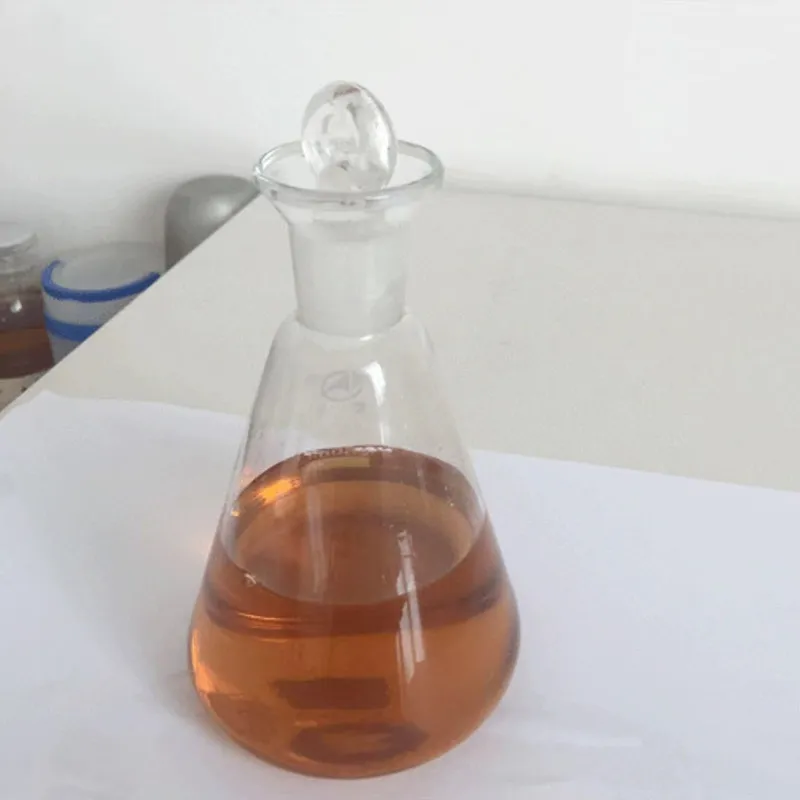
Exploring the Properties and Uses of E150c Food Additive in Culinary Applications
Understanding E150c The Food Additive
Food additives are substances added to food to enhance its flavor, appearance, or shelf life. Among these additives is E150c, also known as Caramel Color, specifically categorized as Class IV caramel. This type of caramel is produced by heating sugar in the presence of acids, bases, or salts, leading to a deep brown color. It is widely used across various food and beverage industries for both its aesthetic appeal and functional properties.
What is E150c?
E150c is created through a controlled process of heating carbohydrates in the presence of ammonium compounds or sulfites. The result is a dark brown liquid or solid that is soluble in water, making it readily usable in various formulations. The primary function of E150c is to provide color, helping to create a visually appealing product. It is commonly found in soft drinks, soy sauce, baked goods, and many processed foods.
Uses of E150c
One of the most notable applications of E150c is in the beverage industry. It is frequently used to give colas and other dark soft drinks their characteristic rich color. In addition to enhancing visual appeal, caramel color can also contribute to the taste profile, adding a subtle sweetness that complements the overall flavor of the drink.
In the realm of food production, E150c serves essential roles in baked goods. It is used in bread and pastries to provide uniform color, ensuring that products look appetizing when they reach consumers. Furthermore, it can help mask imperfections in color, providing a more consistent appearance across batches.
e150c food additive

Beyond aesthetics, E150c acts as a stabilizer that contributes to the product's overall quality. Its ability to absorb light can help in prolonging products' shelf life by protecting certain ingredients from UV degradation. This is particularly beneficial for products that are sensitive to light exposure.
Safety of E150c
E150c has been the subject of safety evaluations by various food safety authorities, including the European Food Safety Authority (EFSA) and the U.S. Food and Drug Administration (FDA). These studies have concluded that E150c is safe for consumption when used within specified limits. However, it is important to note that the production process can lead to the formation of certain contaminants, such as 4-methylimidazole (4-MEI), which has raised concerns among health professionals.
The potential risks associated with E150c primarily hinge on the levels of 4-MEI present in the final product. While the amounts found in food products are generally considered low and unlikely to pose significant health risks, it is advisable for consumers to be aware of the products they consume and to opt for brands that prioritize safe and transparent food production practices.
Conclusion
E150c, or Class IV caramel color, plays a crucial role in the food industry, providing color and enhancing the aesthetic appeal of a wide range of products. Its ability to improve visual appearance while also contributing to flavor makes it a valuable ingredient. However, consumers should remain informed about food additives and their potential implications. As with many food additives, moderation is essential, and being mindful of ingredient lists can foster healthier choices. Through understanding and awareness, consumers can confidently navigate the world of food additives and make informed decisions about their diets.
-
Aluminum Hydroxide: Quality Gels & Dried Gel AntacidNewsAug.31,2025
-
Buy High-Quality Trichloroisocyanuric Acid for Sale | TCCA 90% SupplierNewsAug.30,2025
-
Pure Sodium Dichloroisocyanurate Dihydrate | Powerful DisinfectantNewsAug.29,2025
-
Industrial Chemicals: Quality & Purity for Every IndustryNewsAug.28,2025
-
Nitrile Rubber Honoring Strict Production StandardsNewsAug.22,2025
-
Aspartame Ingredients Honoring Food Safety ValuesNewsAug.22,2025
-
Fertilizer for Balanced Plant NutritionNewsAug.22,2025
Hebei Tenger Chemical Technology Co., Ltd. focuses on the chemical industry and is committed to the export service of chemical raw materials.
-

view more DiethanolisopropanolamineIn the ever-growing field of chemical solutions, diethanolisopropanolamine (DEIPA) stands out as a versatile and important compound. Due to its unique chemical structure and properties, DEIPA is of interest to various industries including construction, personal care, and agriculture. -

view more TriisopropanolamineTriisopropanolamine (TIPA) alkanol amine substance, is a kind of alcohol amine compound with amino and alcohol hydroxyl, and because of its molecules contains both amino and hydroxyl. -

view more Tetramethyl Thiuram DisulfideTetramethyl thiuram disulfide, also known as TMTD, is a white to light-yellow powder with a distinct sulfur-like odor. It is soluble in organic solvents such as benzene, acetone, and ethyl acetate, making it highly versatile for use in different formulations. TMTD is known for its excellent vulcanization acceleration properties, which makes it a key ingredient in the production of rubber products. Additionally, it acts as an effective fungicide and bactericide, making it valuable in agricultural applications. Its high purity and stability ensure consistent performance, making it a preferred choice for manufacturers across various industries.





